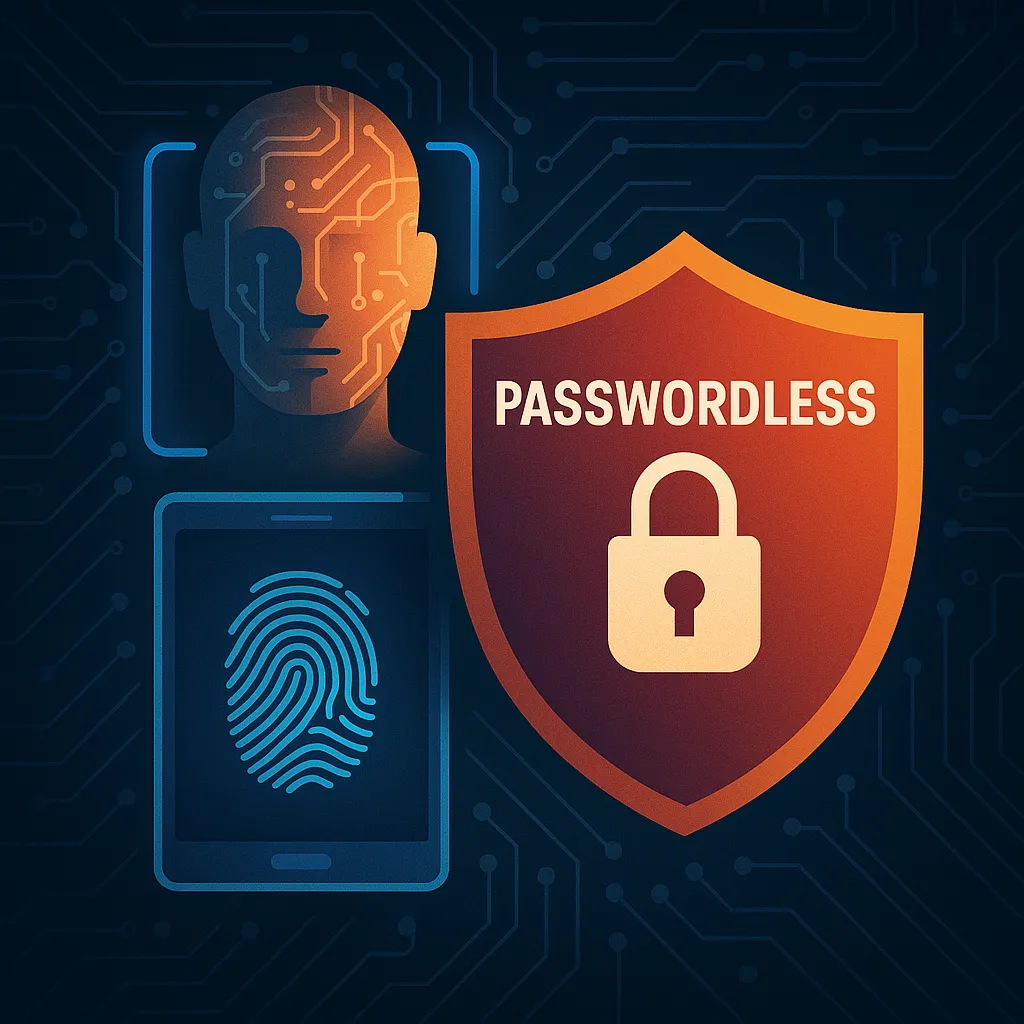Understanding Passwordless Authentication: The Future of Security?
Password management has long been a cornerstone of online security, but it's also a frequent point of failure. This brings us to an innovative solution in the cybersecurity realm: passwordless authentication. This technology enhances security by removing the need for users to remember and manage passwords, which are often vulnerable to cyber threats.
What is Passwordless Authentication?
Passwordless authentication is a method that replaces traditional passwords with more secure and user-friendly alternatives. As explained on CyberArk and OneLogin, this approach involves using factors such as biometrics, security tokens, or OTPs (One Time Passwords) instead of conventional passwords. These methods provide a more secure barrier against unauthorized access to accounts.
How Does Passwordless Authentication Work?
Eliminating passwords from the authentication process involves a variety of technologies. Typically, a user will authenticate via something they have (like a smartphone or a security key) or something they are (biometric data such as fingerprints or facial recognition). This can also include something they know (a pattern or a PIN), but unlike passwords, these are not susceptible to brute-force attacks or phishing.
According to Microsoft Security, implementing passwordless solutions helps reduce risk exposure by eliminating a major target for hackers—passwords themselves.
Benefits of Passwordless Authentication
One of the main advantages of passwordless authentication is the enhancement of security. Without passwords, the attack surface for cyber threats is significantly reduced. This system also tends to offer a better user experience, since it eliminates the need for users to remember and manage multiple passwords, often leading to improved productivity and reduced support costs for password resets.
Security Enhancements
Utilizing passwordless methods such as biometric verification increases security because biometrics are unique to each individual and much harder to forge or steal compared to traditional passwords. The integration of multiple factors, as indicated by Wikipedia's coverage on passwordless multi-factor authentication, further compounds this security by requiring more than one method of verification.
User Experience Improvements
The shift towards passwordless authentication not only secures accounts but also streamlines the login process. This can lead to quicker access to applications and services, essentially enhancing both security and convenience.
Real-World Applications of Passwordless Authentication
Major technology companies and enterprises are increasingly adopting passwordless solutions. For instance, financial institutions use biometrics for client authentication to access banking services, reducing fraud risks. Similarly, tech companies are deploying modern authentication methods within their internal systems to protect sensitive corporate data.
Considerations and Challenges
While the benefits are clear, transitioning to passwordless authentication does come with its challenges. Issues such as technology adoption, infrastructure updates, and user education need to be addressed. Moreover, regulatory compliance and ensuring the broad compatibility of authentication methods across various devices and platforms are significant hurdles that organizations must consider.
Final Thoughts
Passwordless authentication represents a promising shift towards more secure and user-friendly cybersecurity practices. As the technology evolves and becomes more accessible, it is likely to become a new standard that could eventually make traditional passwords obsolete.
Companies considering this technology should weigh the benefits against the potential challenges and plan their transition with careful strategy and adequate support resources in place.

